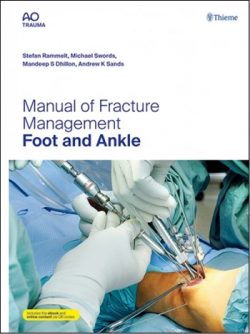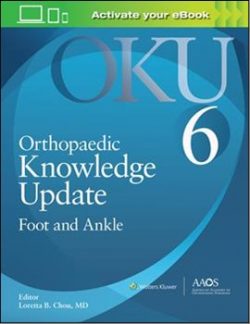This book introduces posterior atlantoaxial fixation techniques and their biomechanical stability and clinical outcomes. Based on the full review of established techniques, authors discusses their advantages and disadvantages. Furthermore, the author discusses how to use the basic theories of translational medicine to achieve the modification of the posterior atlantoaxial fixation. It also proposes the modification of integrative “screw and hooks” and “long screw tail”. Readers can learn the basic techniques of posterior atlantoaxial fixation and the major requirements.
Introduction.- The established posterior atlantoaxial fixation technique .- Development and related basic research of new posterior atlantoaxial fixation technique.- Set design, development and marketing of new posterior atlantoaxial fixation techniques.- Conclusion.
Editor Bin Ni is a Professor at the Spinal Surgery Department of Changzheng hospital, Shanghai, China. Guo Xiang and Guo Qunfeng are Associated Professors at the 4th Spinal Surgery Department of Changzheng hospital, Shanghai, China.
This book introduces posterior atlantoaxial fixation techniques and their biomechanical stability and clinical outcomes. Based on the full review of established techniques, authors discusses their advantages and disadvantages. Furthermore, the author discusses how to use the basic theories of translational medicine to achieve the modification of the posterior atlantoaxial fixation. It also proposes the modification of integrative “screw and hooks” and “long screw tail”. Readers can learn the basic techniques of posterior atlantoaxial fixation and the major requirements.
Introduces the key features, biomechanical stability and clinical applications of posterior atlantoaxial fixation techniques
Discusses in detail the development of “screw and hooks” and “long screw tail” fixation
Applies translational medicine theories to modify the techniques





